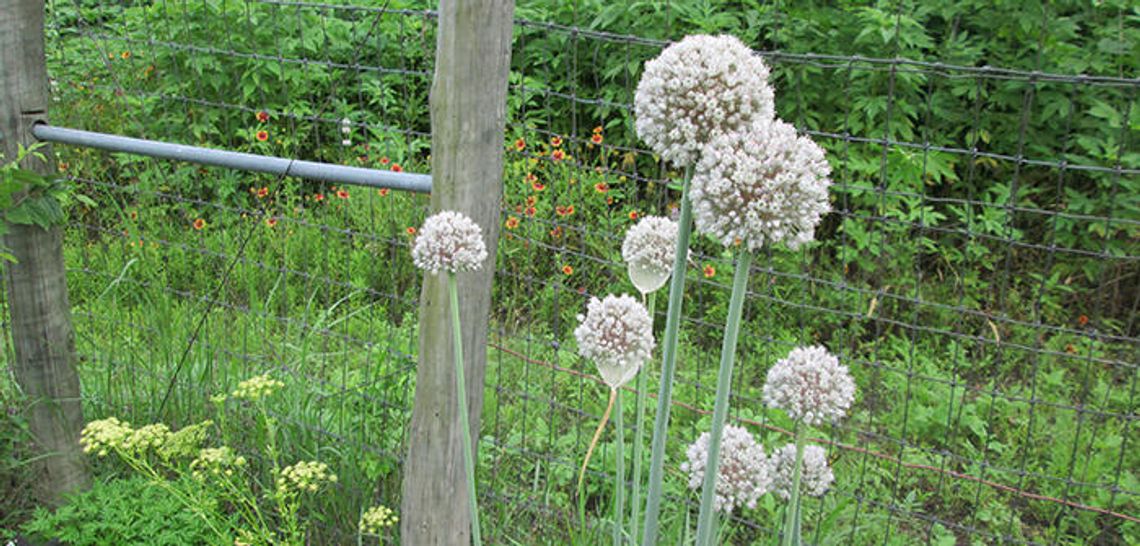[dropcap]R[/dropcap]esolve to:
Get a soil test done! A good test will reveal the texture and ph of the soil, list the nutrients that plants can actually pull from the ground and make appropriate recommendations from there. Don’t pour money into fertilizer and other amendments that may not be needed or could evetn make things worse. A highly regarded source for testing is Texas Plant and Soil Lab (texasplantandsoillab.com). Other testing facilities include Logan Labs (loganlabs.com) and Control Laboratories (compostlab.com).
PLEASE LOG IN FOR PREMIUM CONTENT. Our website requires visitors to log in to view the best local news.
Not yet a subscriber? Subscribe today!










